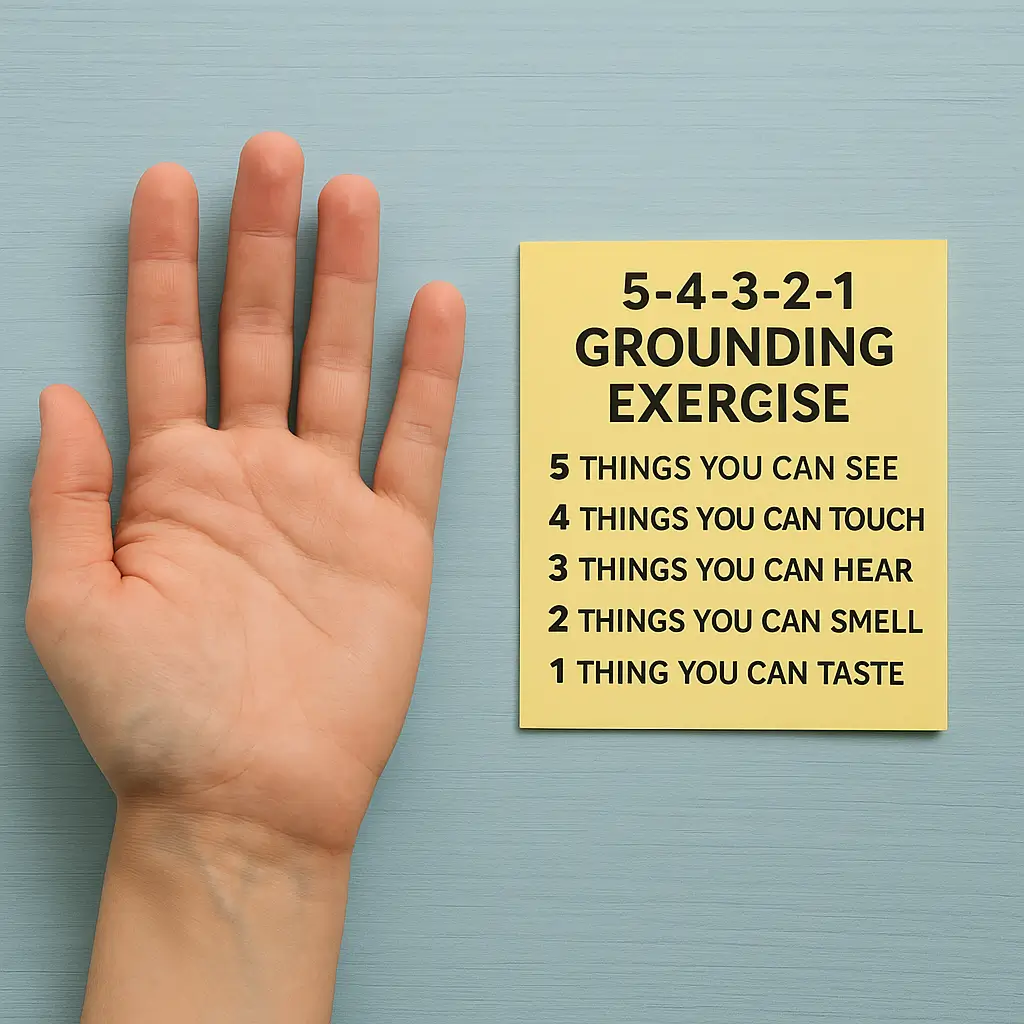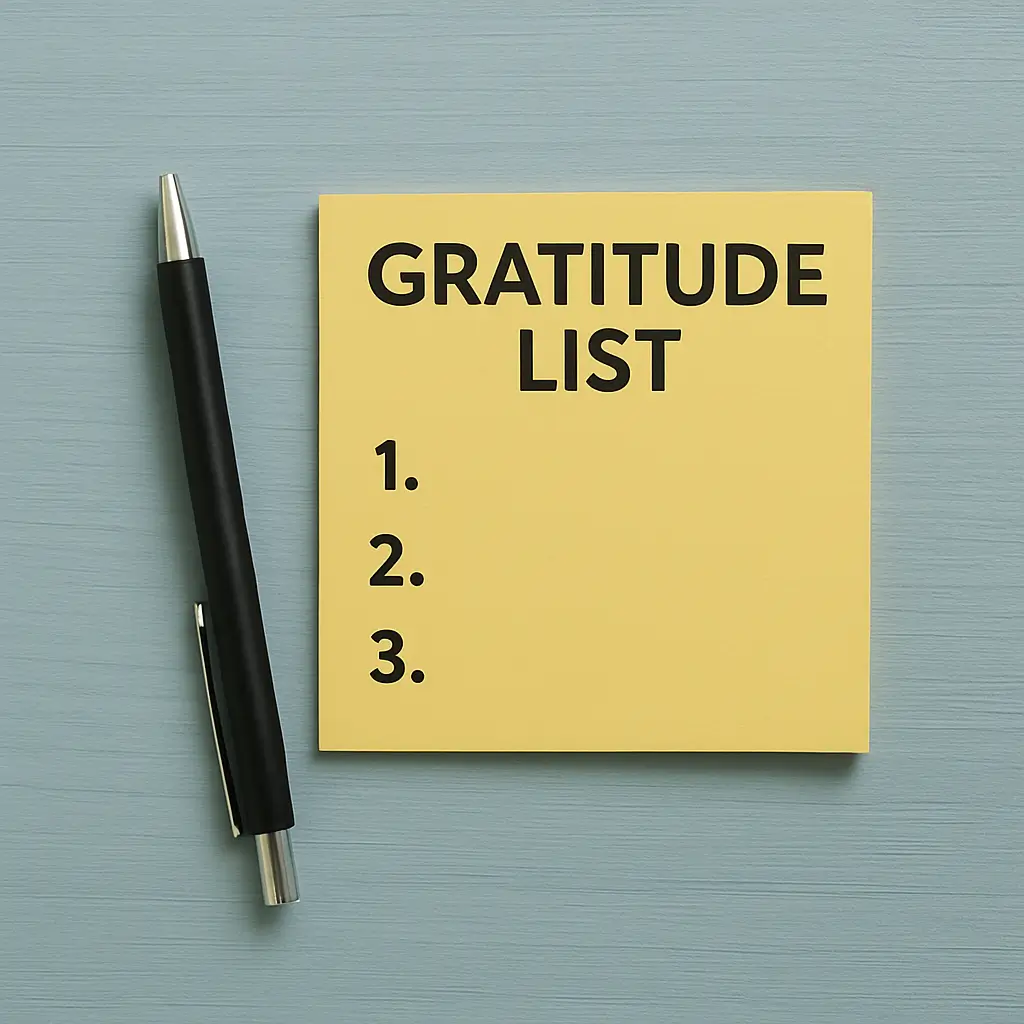7 Mindfulness Exercises for Hoarding Recovery
If you’ve struggled with hoarding, you know the stress that comes from living in too much clutter. The piles of belongings may feel overwhelming, and the thought of letting go of anything can create real anxiety.
Mindfulness can help.
You don’t need to be a meditation expert or spend hours sitting in silence. Mindfulness is simply the practice of noticing what’s happening in the present moment—without judgment. And for people in hoarding recovery, small mindfulness exercises can reduce stress, calm racing thoughts, and make it easier to make decisions about belongings.
In this post, we’ll go over simple mindfulness exercises you can use during hoarding recovery. These are short, practical techniques you can try right away—even if you’ve never done mindfulness before.
Why Mindfulness Helps in Hoarding Recovery
Before we get into the exercises, let’s talk about why mindfulness matters.
When you live with hoarding disorder, your brain often feels like it’s on overdrive. You may feel:
- Fear of making the “wrong” choice about items
- Anxiety about letting go
- Overwhelm when facing clutter
- Guilt or shame connected to the mess
Mindfulness doesn’t magically make these feelings disappear, but it gives you tools to pause, slow down, and respond instead of reacting.
Think of mindfulness as a reset button for your nervous system. By practicing short, simple techniques, you can reduce stress and feel calmer. That calmer state makes it easier to sort, decide, and take small steps in recovery.
7 Simple Mindfulness Exercises for Hoarding Recovery
You don’t need fancy equipment or a quiet meditation retreat. Each of these practices takes only a few minutes and can be done in your own home.
1. The “5-4-3-2-1” Grounding Exercise

When to use it: Whenever you feel overwhelmed looking at clutter.
Here’s how it works:
- Look around and name 5 things you can see.
- Notice 4 things you can touch.
- Pay attention to 3 things you can hear.
- Identify 2 things you can smell.
- End by noticing 1 thing you can taste.
This exercise brings your focus back to the present moment instead of getting stuck in anxious thoughts. It can be especially helpful right before tackling a decluttering task.
2. One-Minute Breath Awareness
When to use it: Anytime you feel anxiety rise, especially before sorting items.
- Sit comfortably and close your eyes if you like.
- Set a timer for just one minute.
- Pay attention to your breathing. Feel the air move in and out.
- If your mind wanders (and it will), gently bring it back to your breath.
This is one of the simplest mindfulness practices. Even 60 seconds can calm your nervous system.
3. Mindful Touch With One Item
When to use it: When you’re deciding whether to keep or let go of something.
- Pick up an item in your hand.
- Notice its weight, shape, texture, and temperature.
- Take a breath and ask yourself: “How does this item make me feel right now?”
This slows down the automatic “I must keep this” thought. You may notice feelings of comfort, joy, or stress. Over time, you’ll get better at noticing which items truly matter.
4. The Two-Minute Pause
When to use it: Right before making a hard decision about decluttering.
Instead of forcing a quick choice, allow yourself a pause:
- Sit still for two minutes.
- Place your hand over your chest or stomach and notice your heartbeat or breath.
- Let your nervous system settle.
After two minutes, return to the decision. Often, you’ll feel more confident and less panicked.
5. Mindful Walking in Your Home
When to use it: When clutter feels overwhelming and you want to avoid it.
- Choose a safe space in your home where you can walk a few steps.
- Walk slowly, noticing how your feet touch the ground.
- Feel each step fully—heel, arch, toes.
- Breathe deeply as you walk.
This reminds your body that you can move through your space with intention, even if it’s cluttered. It builds confidence and calm.
6. The Gratitude List

When to use it: At the end of a decluttering session.
- Take a notebook and write down three things you’re grateful for in that moment.
- It could be small: “I cleared one corner,” “I found a lost photo,” or “I asked for help.”
- Sit with the feeling of gratitude for a few breaths.
This shifts your focus away from what feels impossible and toward progress. Gratitude encourages more positive momentum in recovery.
7. Body Scan Relaxation
When to use it: Before bed, or when you’re tense after a cleaning session.
- Lie down or sit comfortably.
- Starting with your toes, notice each part of your body one at a time.
- Move upward slowly: feet, legs, hips, stomach, chest, shoulders, arms, face.
- At each area, pause and release any tension.
This helps release the physical stress that comes from making lots of decisions during decluttering. A relaxed body supports a calmer mind.
How to Make Mindfulness a Habit
Practicing mindfulness is like training a muscle—the more you do it, the stronger it gets. Here are some tips for building consistency:
| Tip | How to Apply It |
|---|---|
| Start small | Just one minute a day is enough to begin. |
| Attach it to a routine | Try a breathing exercise right after brushing your teeth or before meals. |
| Don’t aim for “perfect” | Your mind will wander. That’s normal. Gently return to the practice. |
| Track your progress | Use a simple calendar or app to check off each day you practice. |
| Celebrate tiny wins | Even pausing for one mindful breath is progress worth noticing. |
Putting It All Together in Hoarding Recovery
Mindfulness alone won’t solve hoarding disorder. Most people need therapy, support groups, and step-by-step strategies for decluttering. But mindfulness gives you the emotional tools to face recovery without as much fear and stress.
Here’s a simple way you might combine these exercises during a decluttering session:
- Start with one minute of breath awareness to calm your mind.
- Pick up one item and practice mindful touch.
- If you feel overwhelmed, use the 5-4-3-2-1 grounding exercise.
- After finishing, write a quick gratitude list to end on a positive note.
Step by step, mindfulness can help you feel safer, calmer, and more capable of making progress in recovery.
Final Thoughts
If you’re in hoarding recovery, mindfulness doesn’t have to be complicated. It’s not about meditating for hours or forcing yourself to “empty your mind.” It’s simply about noticing your breath, body, and surroundings so you can respond more calmly to difficult situations.
These short practices are practical tools you can use today. Over time, they can help reduce the anxiety that makes it hard to let go of things.
Hoarding recovery is a journey, and mindfulness can be one of the most supportive companions along the way


